
What the symbols on your Tupperware really mean
If you’ve ever flipped over a Tupperware cup or food container and spotted a tiny mark — maybe a fork and cup, a snowflake, or some wavy lines — you’re not alone in wondering what those little icons mean.
They may look like simple design details, but they actually carry important information about how to safely use, store, and care for your containers. These small symbols are part of a global labeling system designed to protect your health, extend the life of your products, and promote safe recycling practices.
Let’s decode them one by one — and see how understanding these icons can help you avoid some common kitchen mistakes.
🍴 The Fork and Cup: Safe for Food Contact

This symbol — a simple outline of a fork beside a cup — is perhaps the most important of all. It’s not decorative; it’s an international food-safety certification mark. It means the container is made from materials approved for direct contact with food and beverages.
In other words, it won’t leach harmful chemicals, odors, or flavors into your meals. You’ll often see this mark not just on Tupperware, but also on plastic utensils, lunch boxes, cutting boards, and water bottles.
💡 Tip:
If a plastic item doesn’t have the fork-and-cup symbol, it might not be safe for storing or reheating food. Use those containers only for non-food purposes (for example, storing craft supplies or small household items).
♨️ Wavy Lines: Microwave-Safe

The wavy-line symbol — typically three curved lines under a box or cup shape — indicates that your Tupperware is microwave-safe. That means it can safely handle moderate heat when reheating food.
But “microwave-safe” doesn’t mean “indestructible.” It’s a signal that the material won’t melt, warp, or release harmful substances when used properly.
Here’s how to get the best results:
-
Avoid cooking or boiling food for long periods. The symbol refers to reheating, not full-on cooking or baking.
-
Vent or loosen lids. Pressure from steam buildup can cause the lid to pop or even crack the container.
-
Don’t microwave oily or sugary foods too long. These heat up faster and can damage the plastic.
💡 Extra tip: Even microwave-safe Tupperware shouldn’t go in an oven, on a grill, or under a broiler.
❄️ The Snowflake: Freezer-Safe

See a little snowflake symbol? That means your Tupperware is safe to use in the freezer. These containers are made from plastics designed to stay flexible at very low temperatures — so they won’t become brittle or shatter.
However, even freezer-safe containers have their limits. Keep these points in mind:
-
Leave some space at the top. Liquids expand as they freeze, which can cause the lid to pop or the container to crack.
-
Avoid sudden temperature shocks. Don’t move a container straight from the freezer into a hot microwave. Let it rest at room temperature for a few minutes first.
-
Label and date your food. Frozen meals can look similar, and labeling helps prevent waste.
Using freezer-safe Tupperware helps keep food fresher longer while reducing the need for single-use plastic bags.
💦 The Dish Icon: Dishwasher-Safe

Another useful mark looks like a set of plates being sprayed with water. This means your container is dishwasher-safe. However, there’s a right and wrong way to load it:
-
Always place Tupperware on the top rack, far from the heating element.
-
If the container is light, weigh it down with other dishes to prevent it from flipping and filling with water.
-
Avoid using high-heat or sanitizing cycles for thin or older plastics — these can cause warping or cloudiness.
If your container doesn’t have this mark, it’s safer to hand wash it using mild soap and lukewarm water. Handwashing can extend the life of your containers and keep them looking clear and odor-free for years.
♻️ The Triangle of Arrows: Plastic Type and Recycling Code

Finally, you’ll often see a triangle made of three arrows with a number inside — the Resin Identification Code (RIC). This number identifies the type of plastic your container is made from. Here’s what the most common ones mean:
| Code | Plastic Type | Common Uses | Notes |
|---|---|---|---|
| 1 (PET or PETE) | Polyethylene terephthalate | Bottled drinks, salad containers | Lightweight and recyclable, but not ideal for reuse. |
| 2 (HDPE) | High-density polyethylene | Milk jugs, detergent bottles | Durable and resistant to impact. |
| 5 (PP) | Polypropylene | Tupperware, yogurt cups, straws | Heat-resistant, safe for food, often microwave- and dishwasher-safe. |
Tupperware is usually made from #5 (PP) plastic because it’s sturdy, reusable, and designed for safe food use.
💡 Bonus tip: Check local recycling guidelines — not all recycling centers accept every number. Knowing the code helps you sort and recycle responsibly.
Why These Symbols Matter

These markings might be tiny, but they carry big implications for safety and sustainability.
-
Using the wrong container in the microwave can warp plastic or release chemicals into your food.
-
Freezing food in a non-freezer-safe container can cause cracks or leaks.
-
Running non-dishwasher-safe lids through a hot cycle can make them lose their shape or no longer fit properly.
By paying attention to these symbols, you’ll:
✅ Extend the lifespan of your containers.
✅ Protect your health and your family’s food safety.
✅ Reduce plastic waste through smarter reuse and recycling.
🌎 The Bottom Line: A Little Symbol Goes a Long Way
Tupperware is designed to make everyday life easier — storing leftovers, packing lunches, and organizing pantries. But to get the most from it, it’s worth understanding what those small marks on the bottom mean.
Next time you grab a container, take a second to look underneath. Those symbols are your built-in care guide — telling you whether it’s safe to heat, freeze, wash, or recycle.
It’s a small detail that makes a big difference — keeping your food safe, your kitchen efficient, and your home a little more eco-friendly.
News in the same category


The Under-Bed Test: A Quick Trick to Ensure Your Hotel Room Is Safe and Clean

Boost Your Wi-Fi Speed with This Simple Aluminum Foil Trick

If your beef turns out tough, don’t marinate it with salt. Use this ingredient instead to make it tender and richly flavored
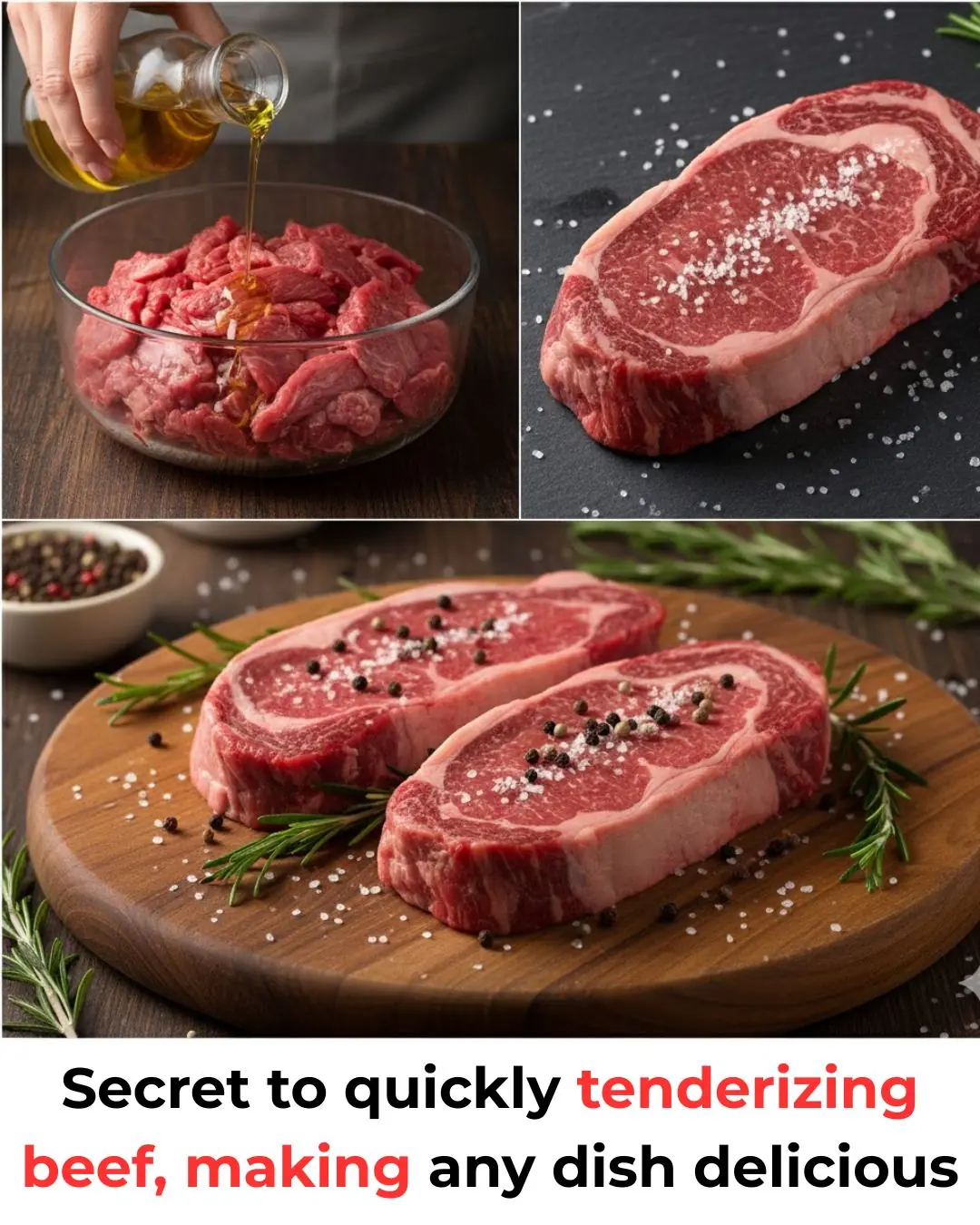
Secret to quickly tenderizing beef, making any dish delicious
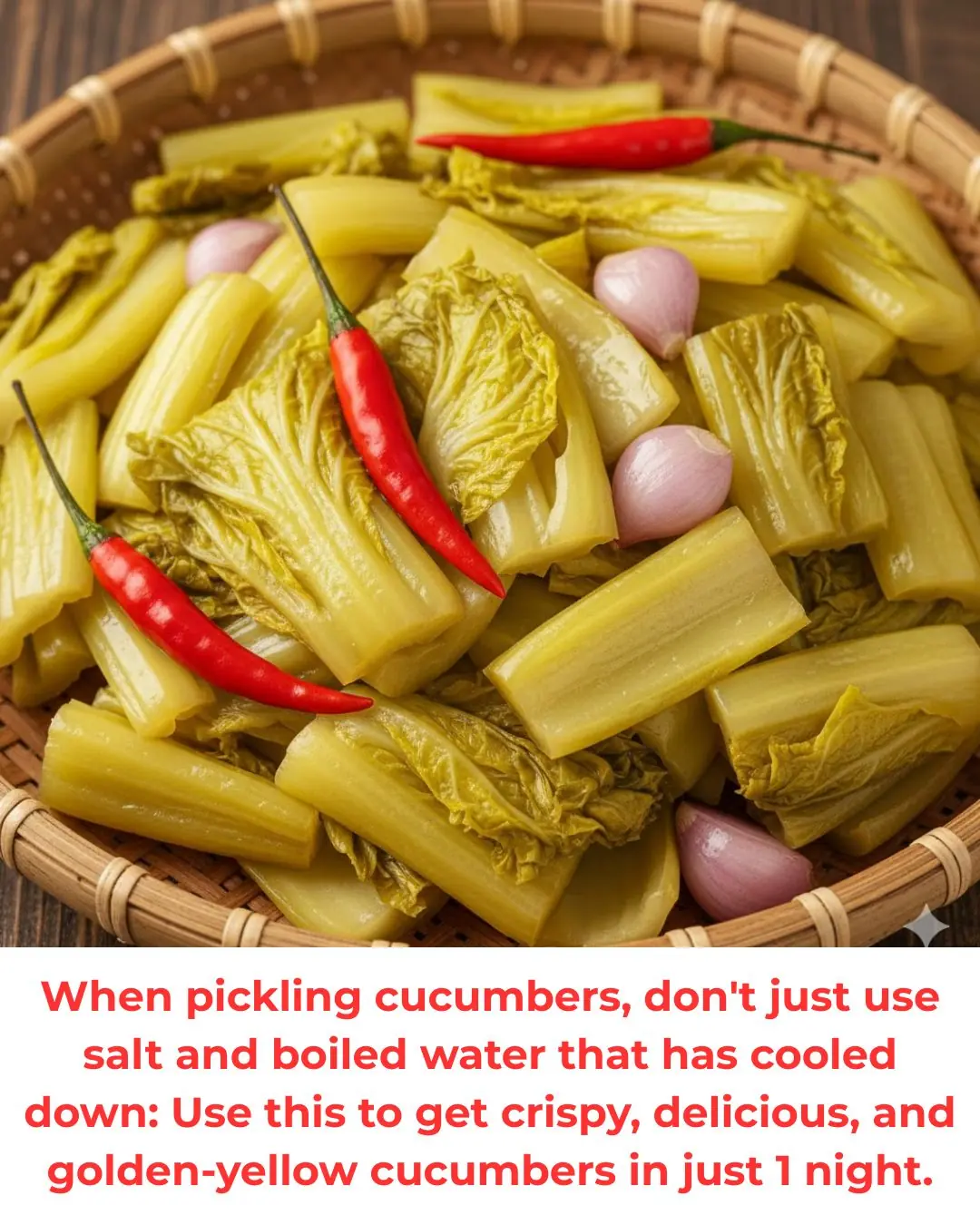
When pickling cucumbers, don't just use salt and boiled water that has cooled down: Use this to get crispy, delicious, and golden-yellow cucumbers in just 1 night.
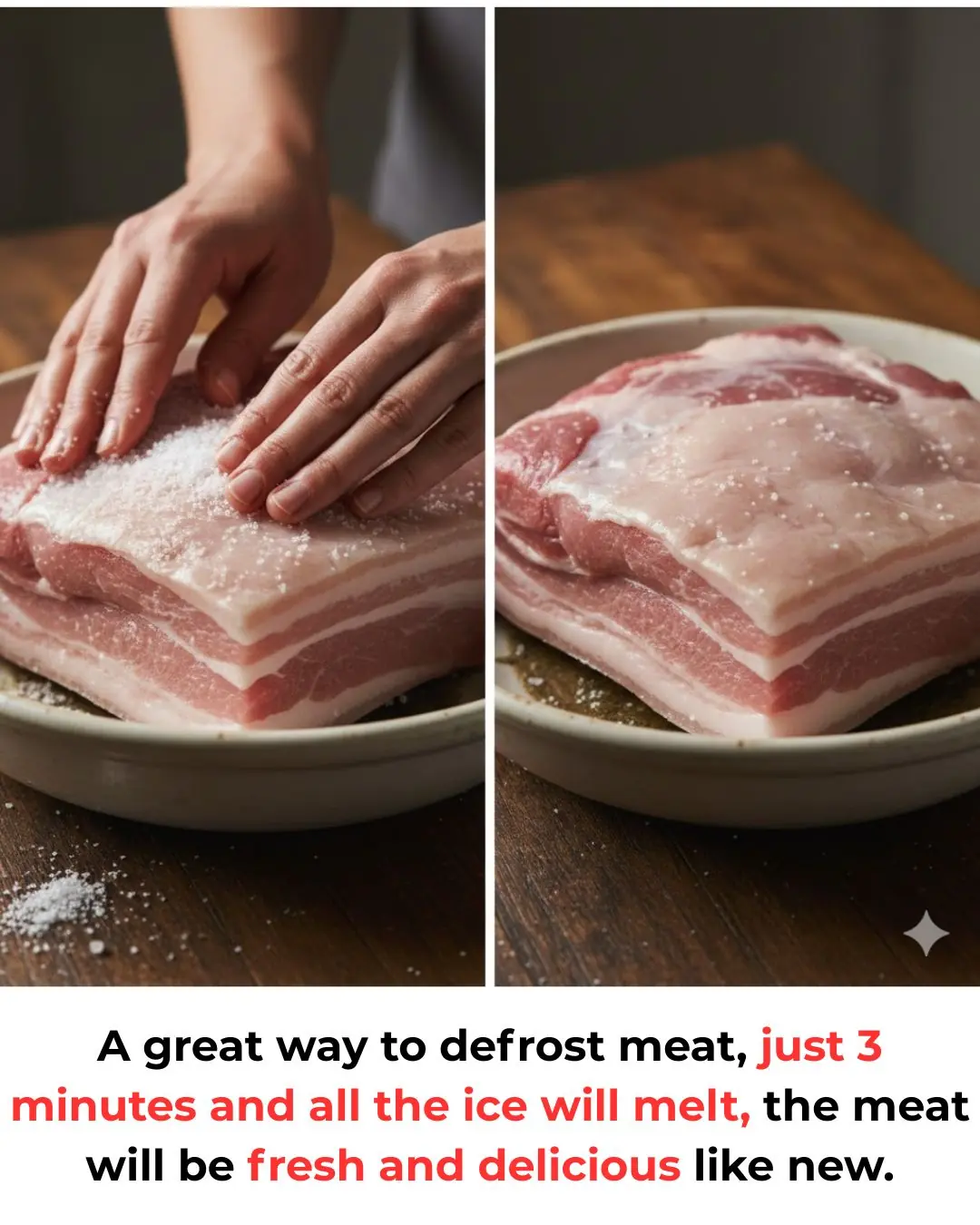
A great way to defrost meat, just 3 minutes and all the ice will melt, the meat will be fresh and delicious like new.
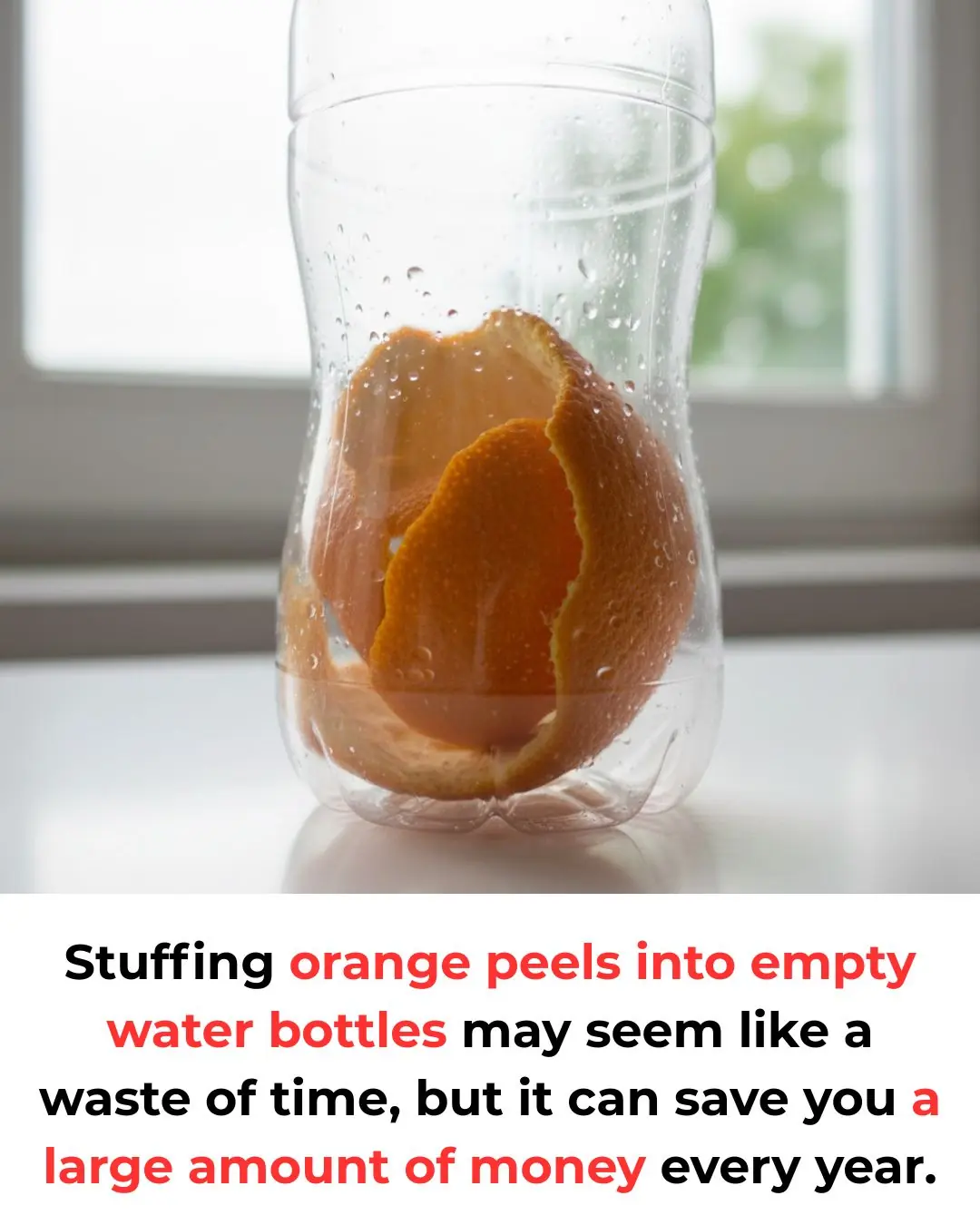
Stuffing orange peels into empty water bottles may seem like a waste of time, but it can save you a large amount of money every year.
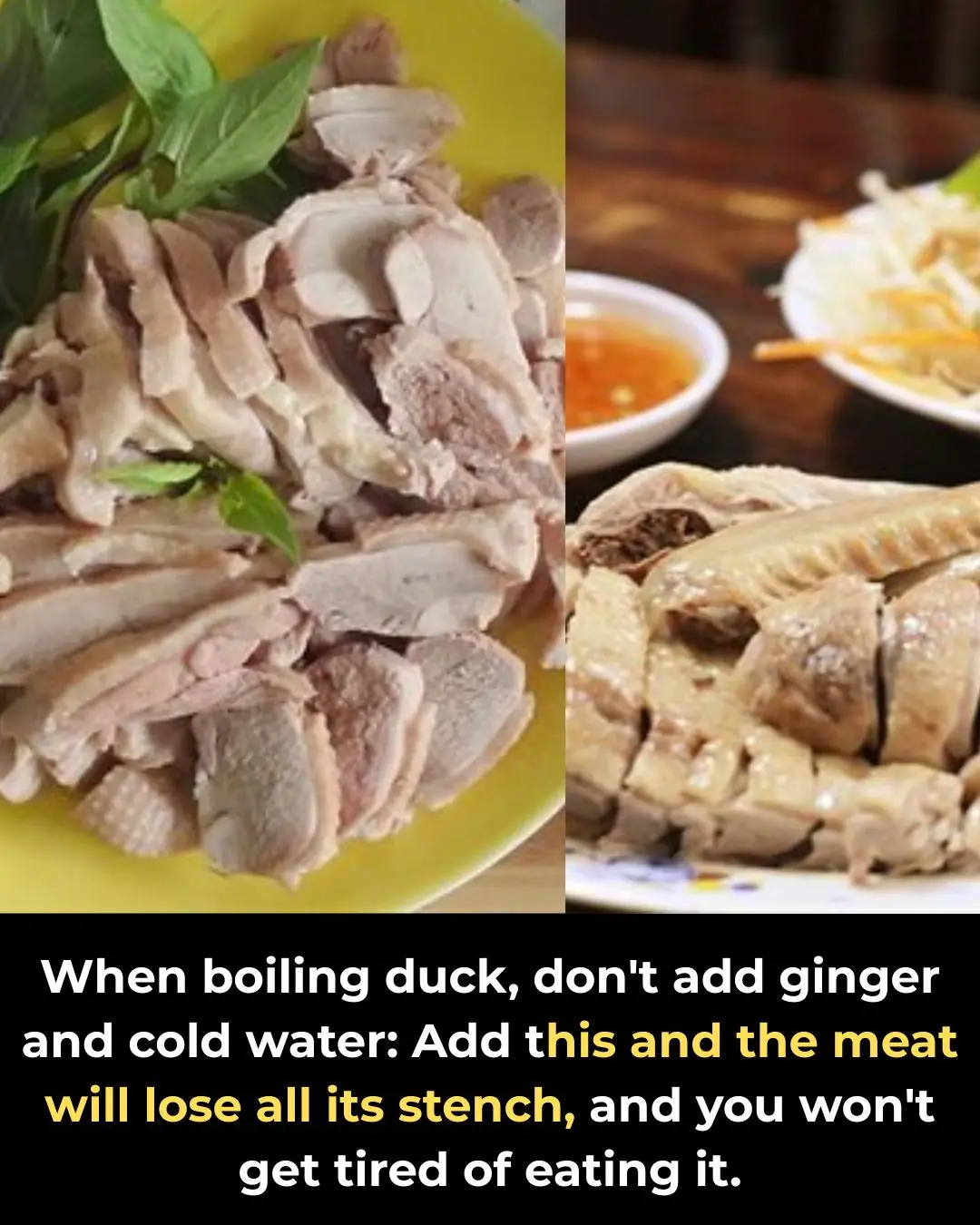
When boiling duck, don't add ginger and cold water: Add this and the meat will lose all its stench, and you won't get tired of eating it.
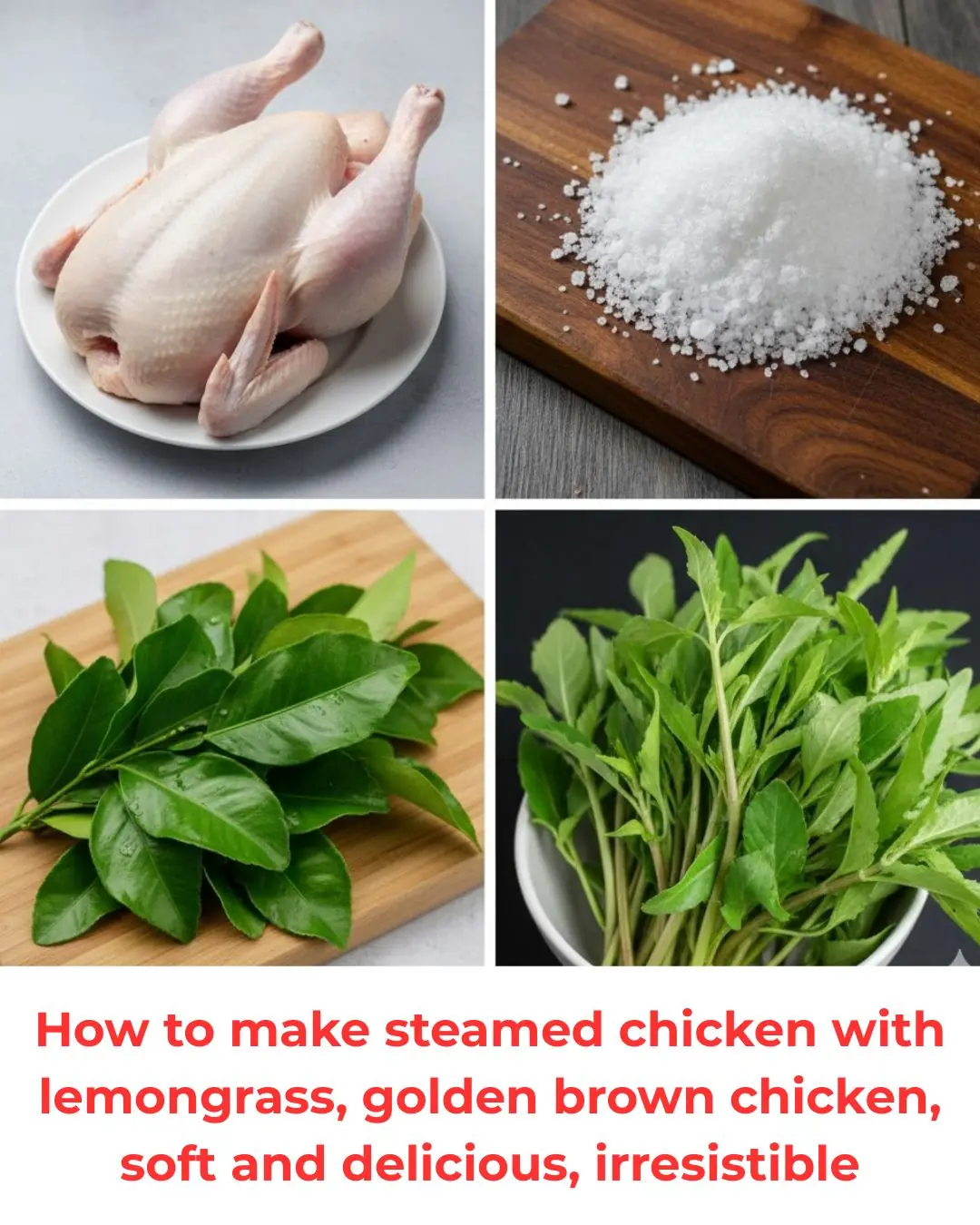
How to make steamed chicken with lemongrass, golden brown chicken, soft and delicious, irresistible

Simple tips to help reduce itching extremely quickly when bitten by mosquitoes and insects
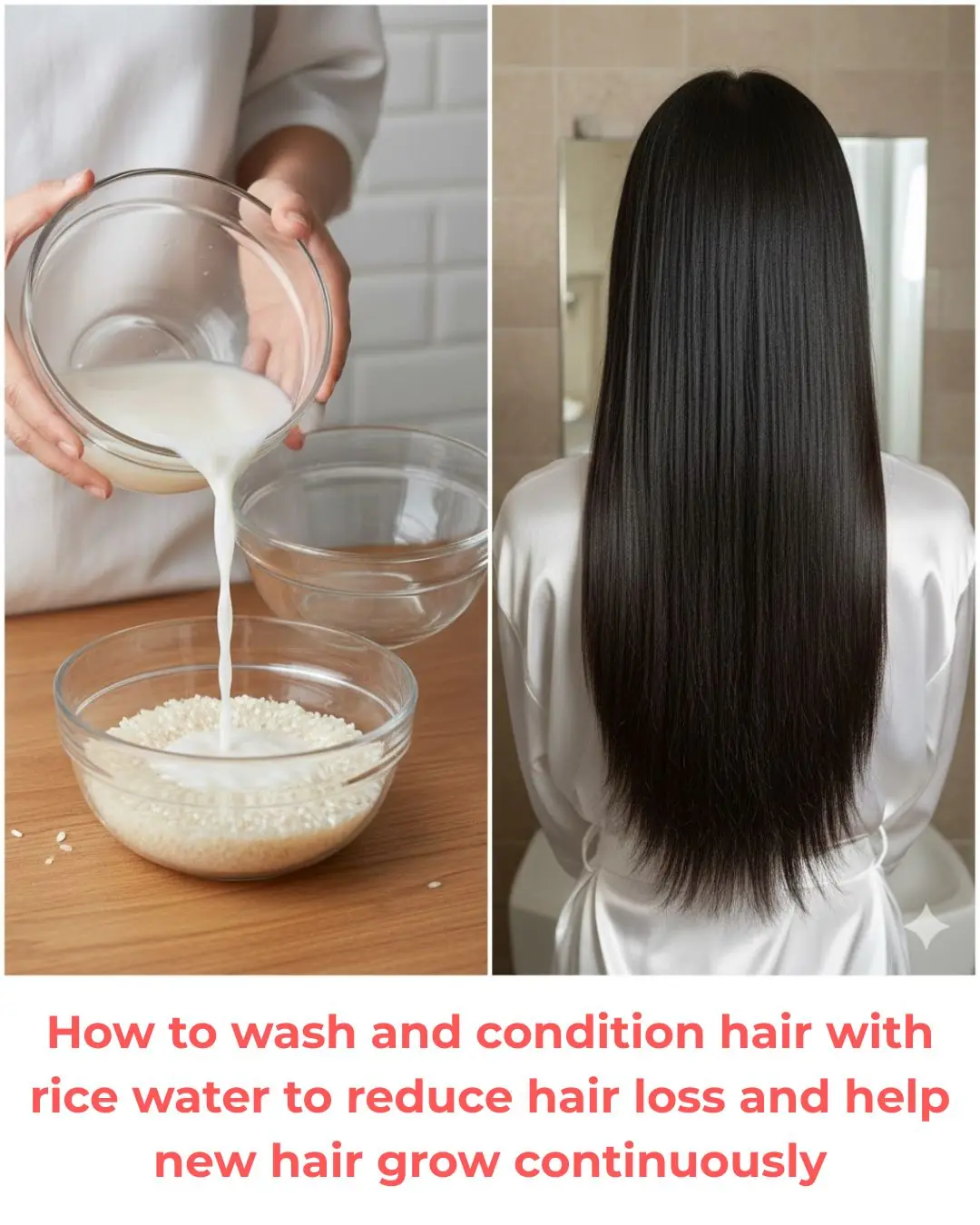
How to wash and condition hair with rice water to reduce hair loss and help new hair grow continuously
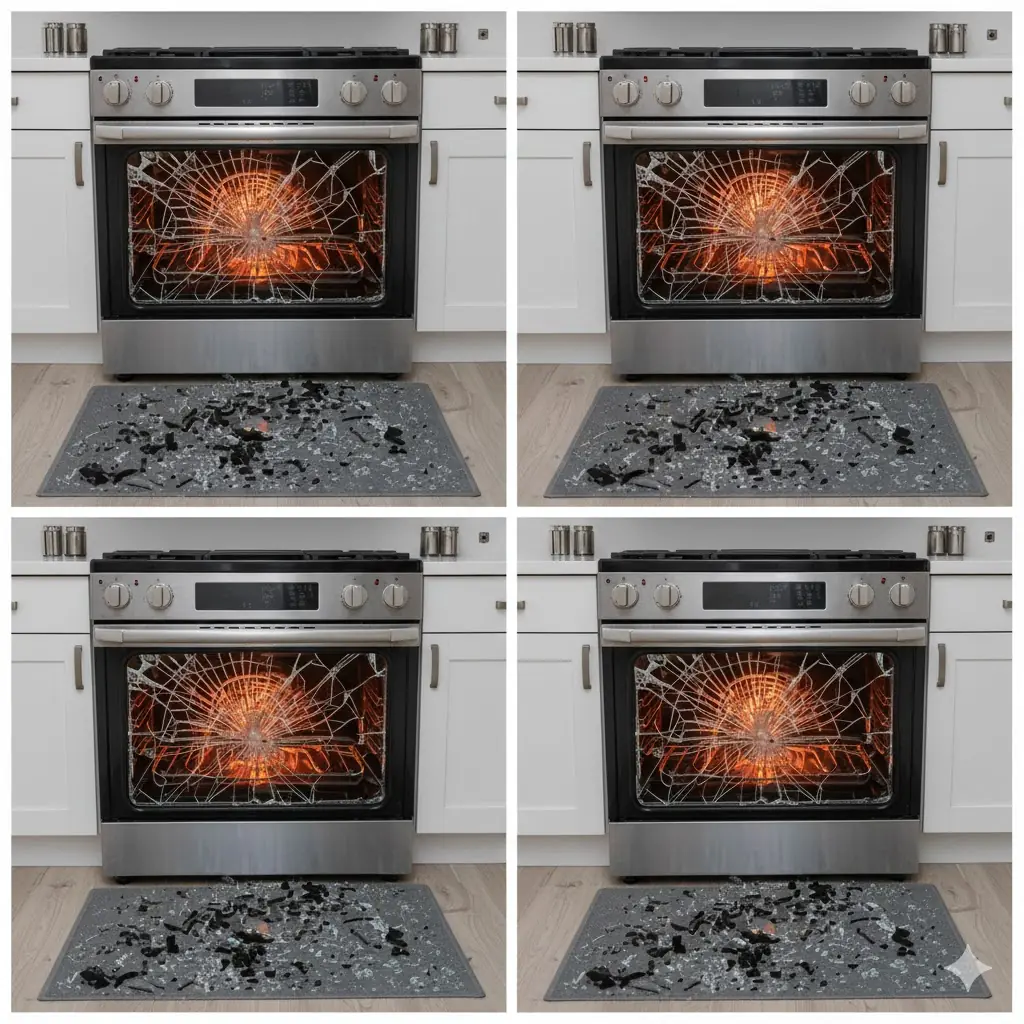
How Microscopic Glass Flaws Can Lead to Oven Door Breakage—and How to Prevent It
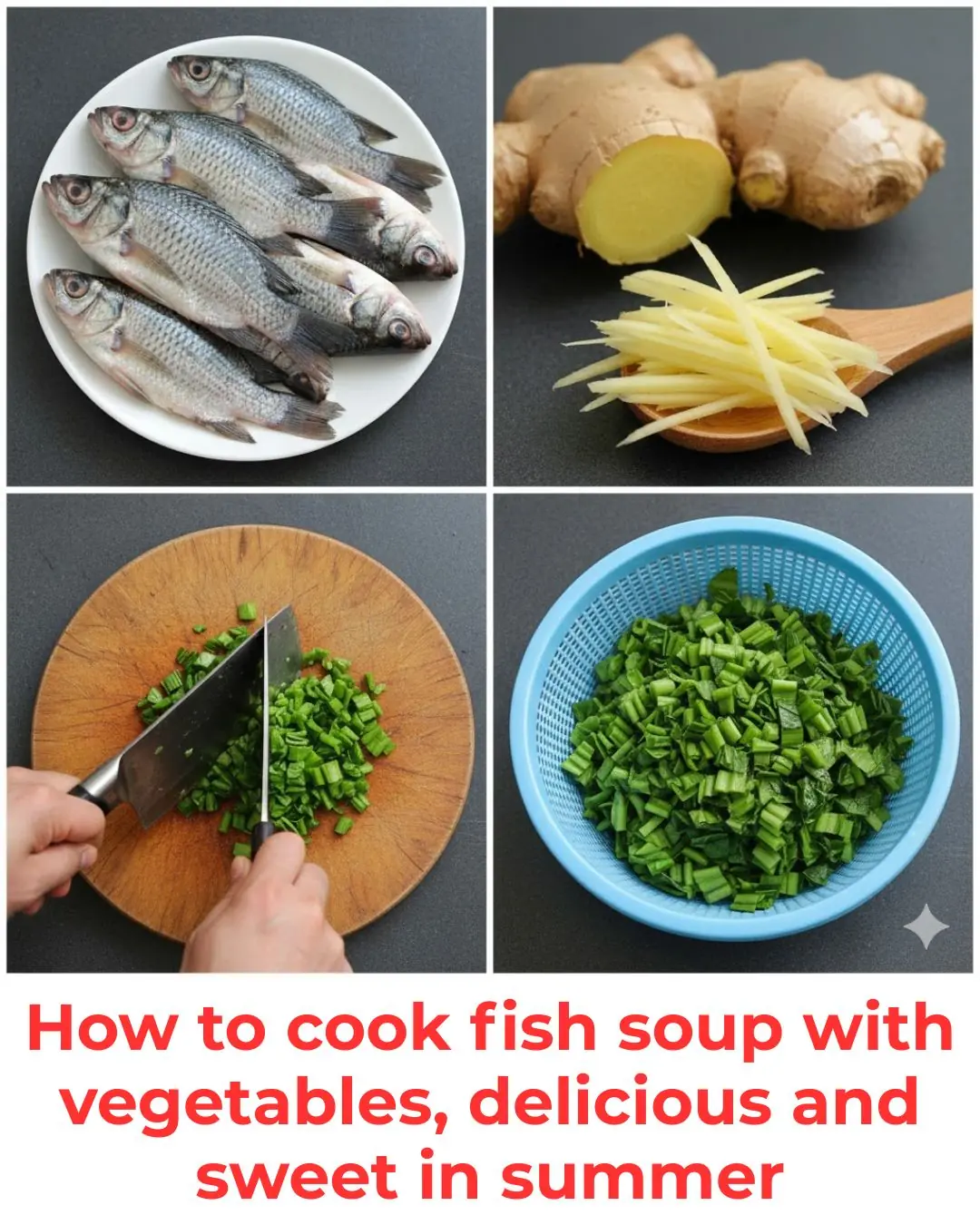
How to cook fish soup with vegetables, delicious and sweet in summer
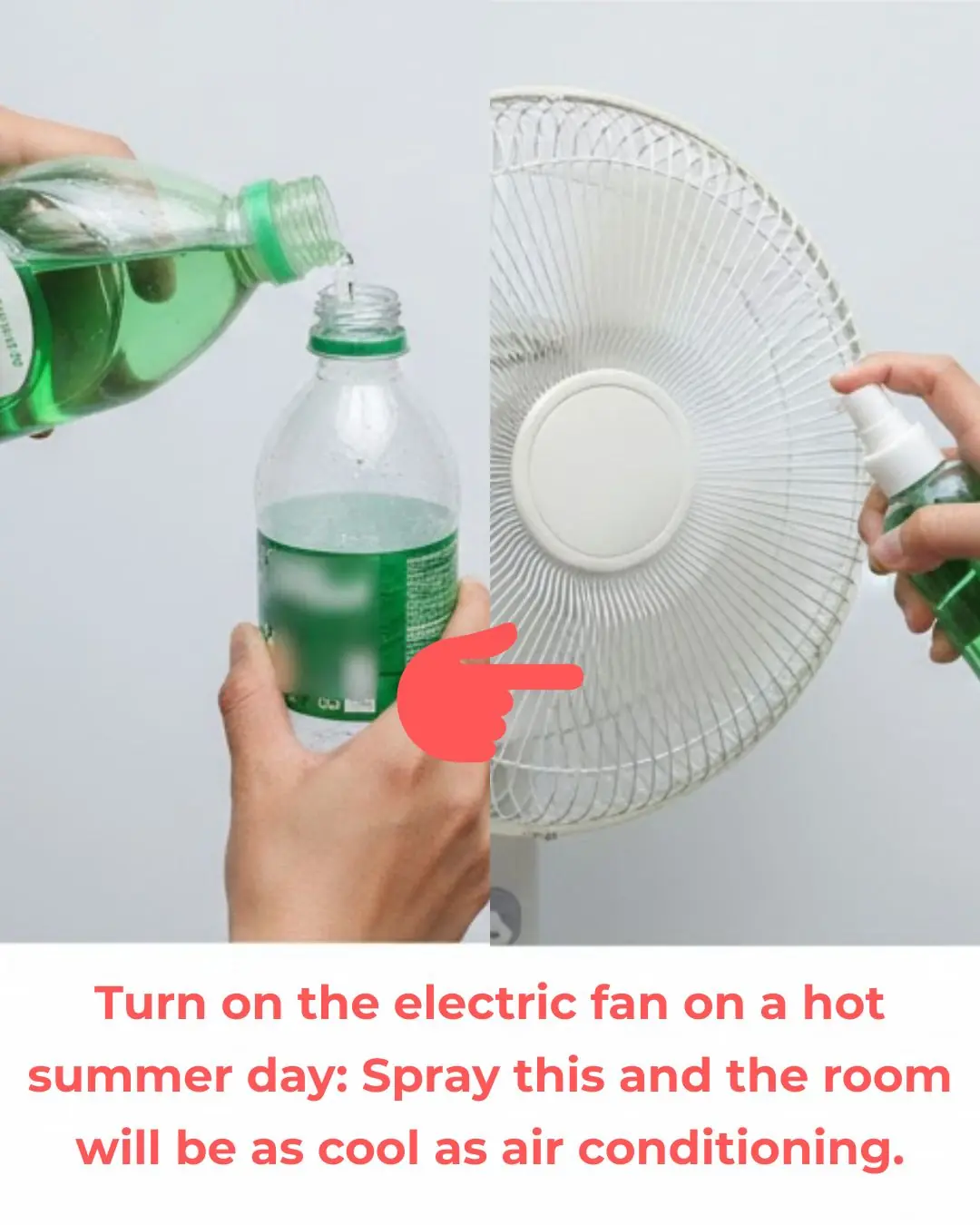
Turn on the electric fan on a hot summer day: Spray this and the room will be as cool as air conditioning.
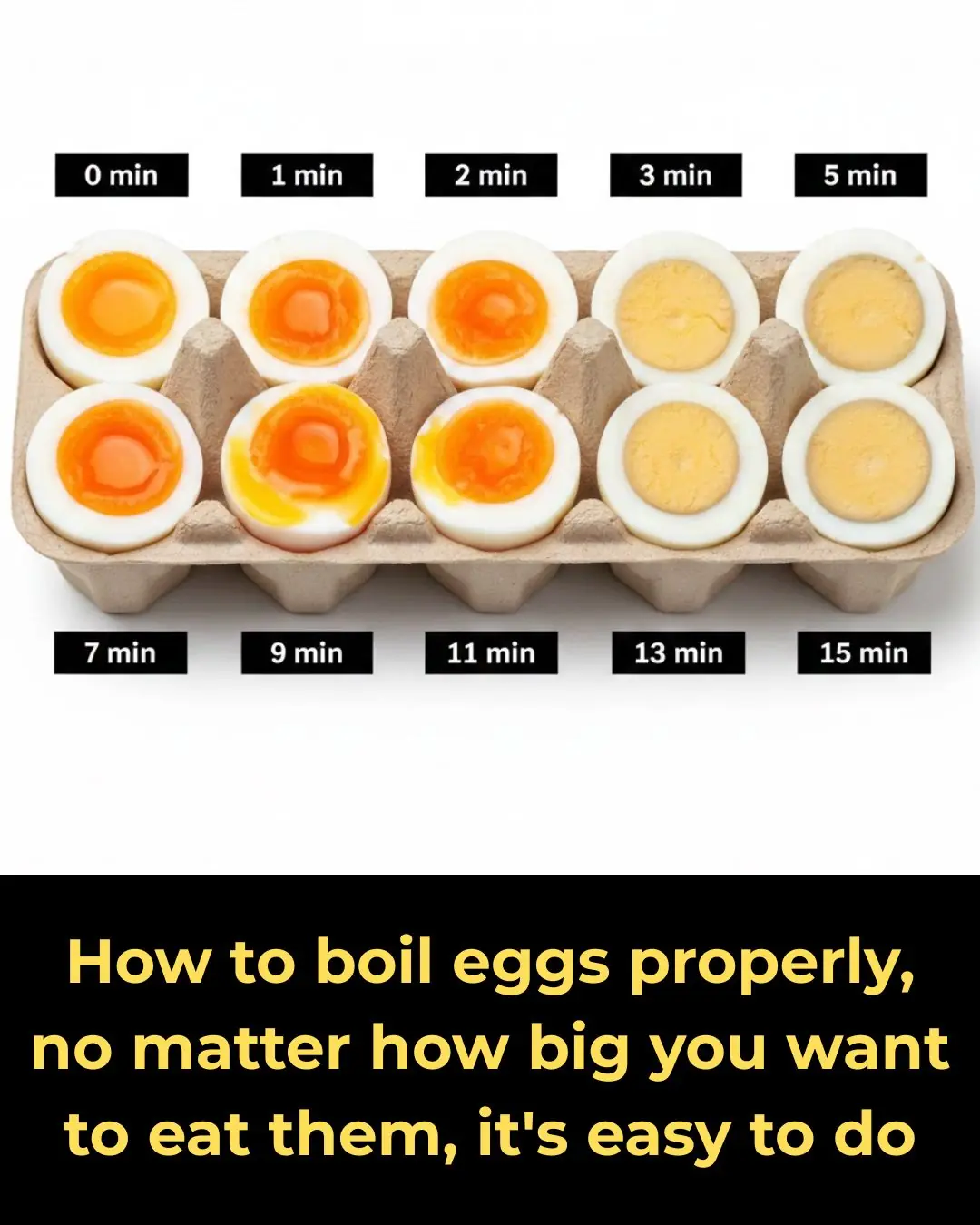
How to boil eggs properly, no matter how big you want to eat them, it's easy to do
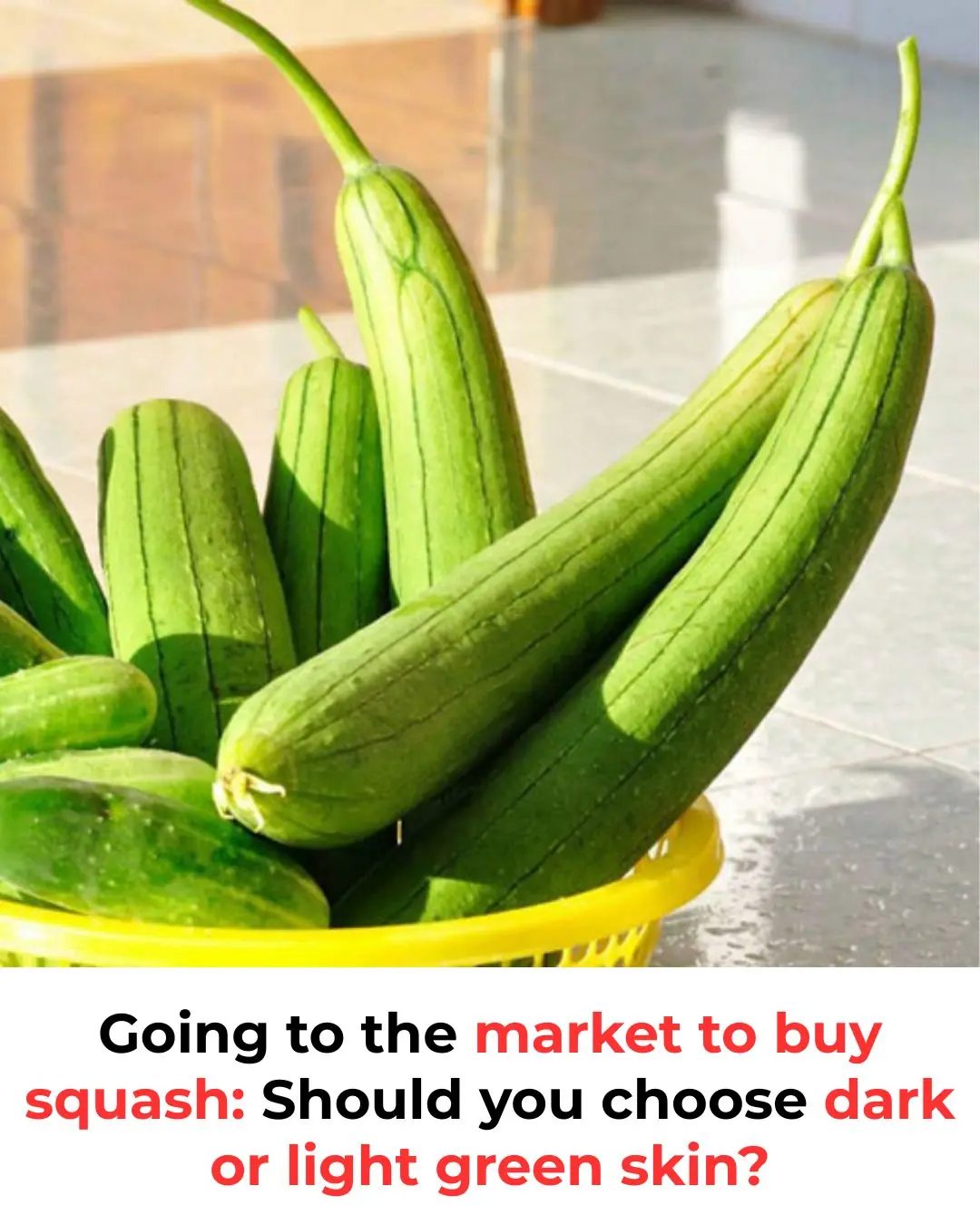
Going to the market to buy squash: Should you choose dark or light green skin?

What Happens When You Eat Chili Peppers Regularly
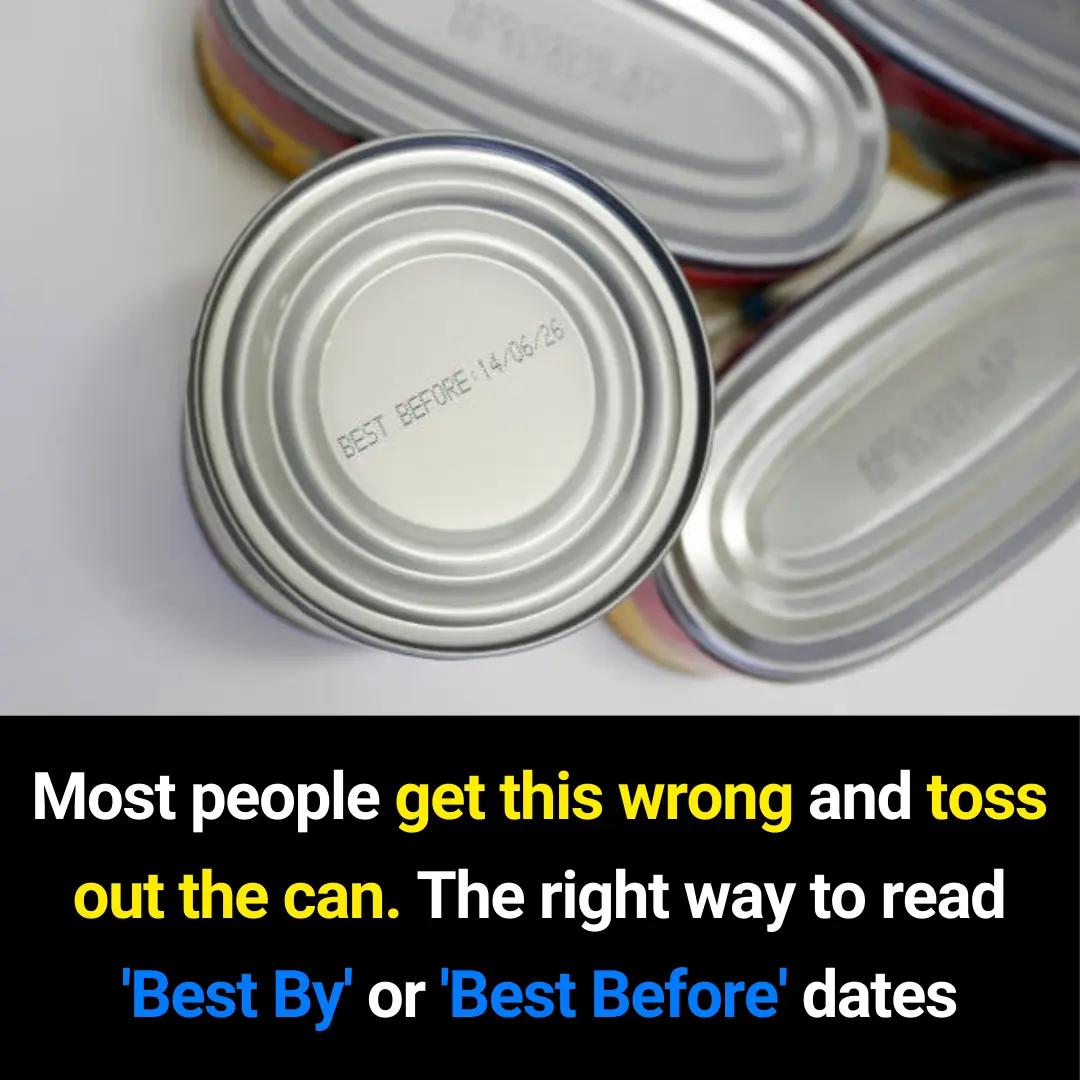
The Right Way to Read ‘Best By’ or ‘Best Before’ Dates — Most People Get This Wrong
News Post

High-Dose Nifedipine Linked to Increased Risk of Sudden Cardiac Arrest, New Study Suggests

How the U.S. Escaped Hurricane Landfalls in 2025

Ancient Shark Fossils Unearthed in Mammoth Cave Rewrite 325 Million Years of Evolutionary History

Powerful Health Benefits of Pineapple You Should Know
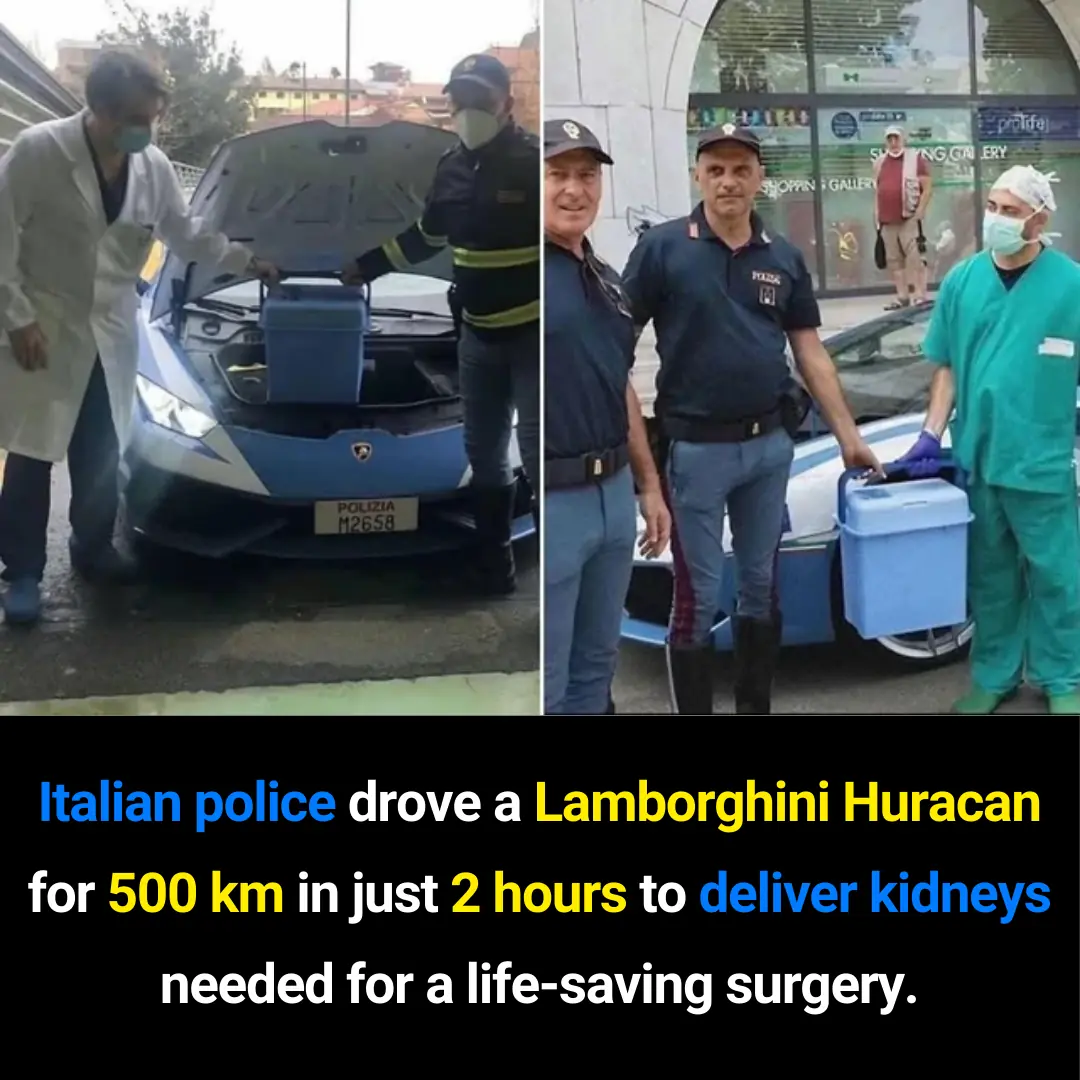
How an Italian Police Lamborghini Huracán Helped Save Lives by Delivering Kidneys Across Italy

Can Spinal Screws Push Through the Skin? Understanding a Rare but Serious Post-Surgery Complication

Why the Tongue Is One of the Most Important Organs in the Human Body

What You Do First in This Scenario
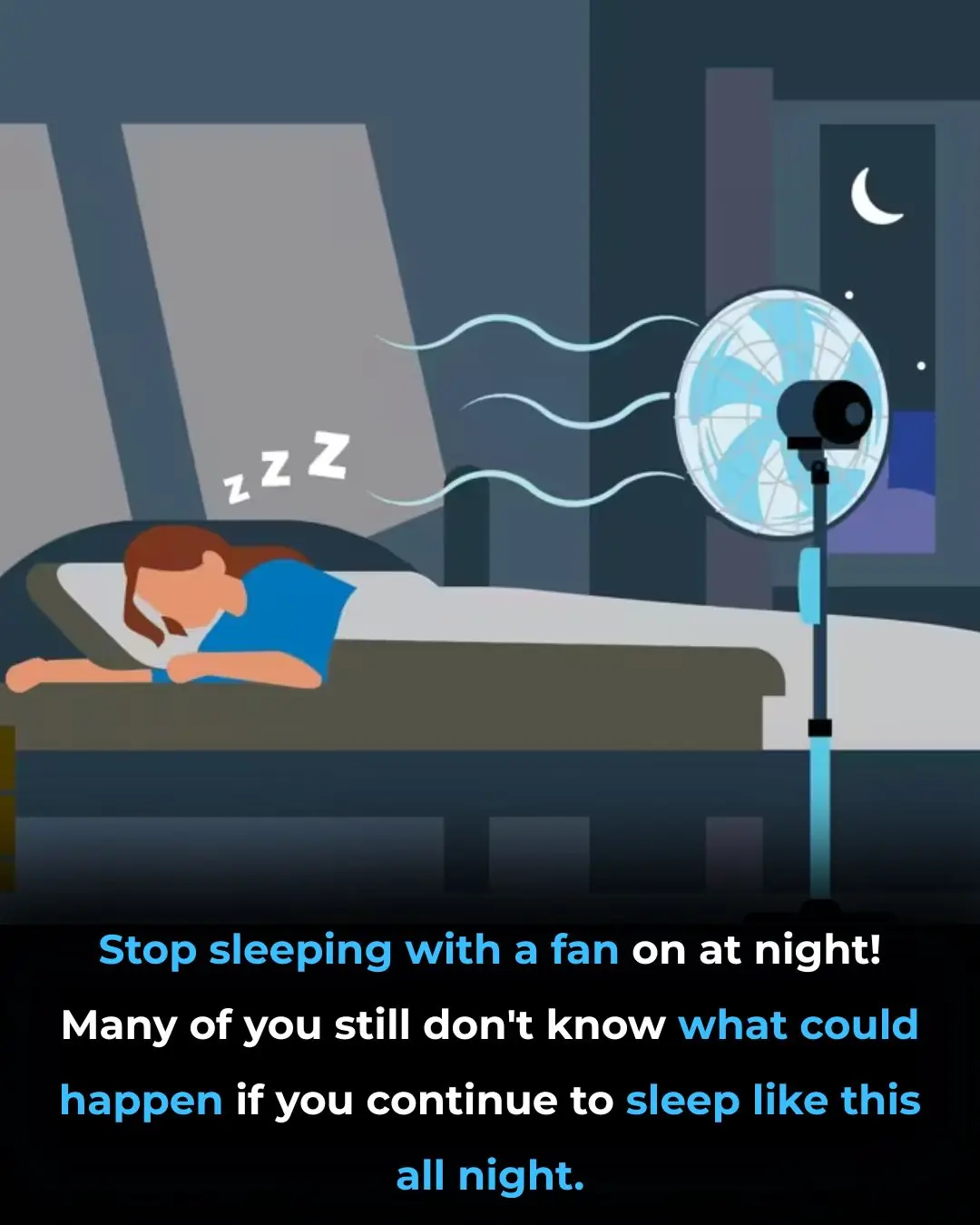
The Surprising Health Benefits of Sleeping in a Cold Room

A 4-Minute, Zero-Effort Hack to Clean Grill Gunk – The Simple Trick My Nana Taught Me

High Blood Sugar Warning Signs
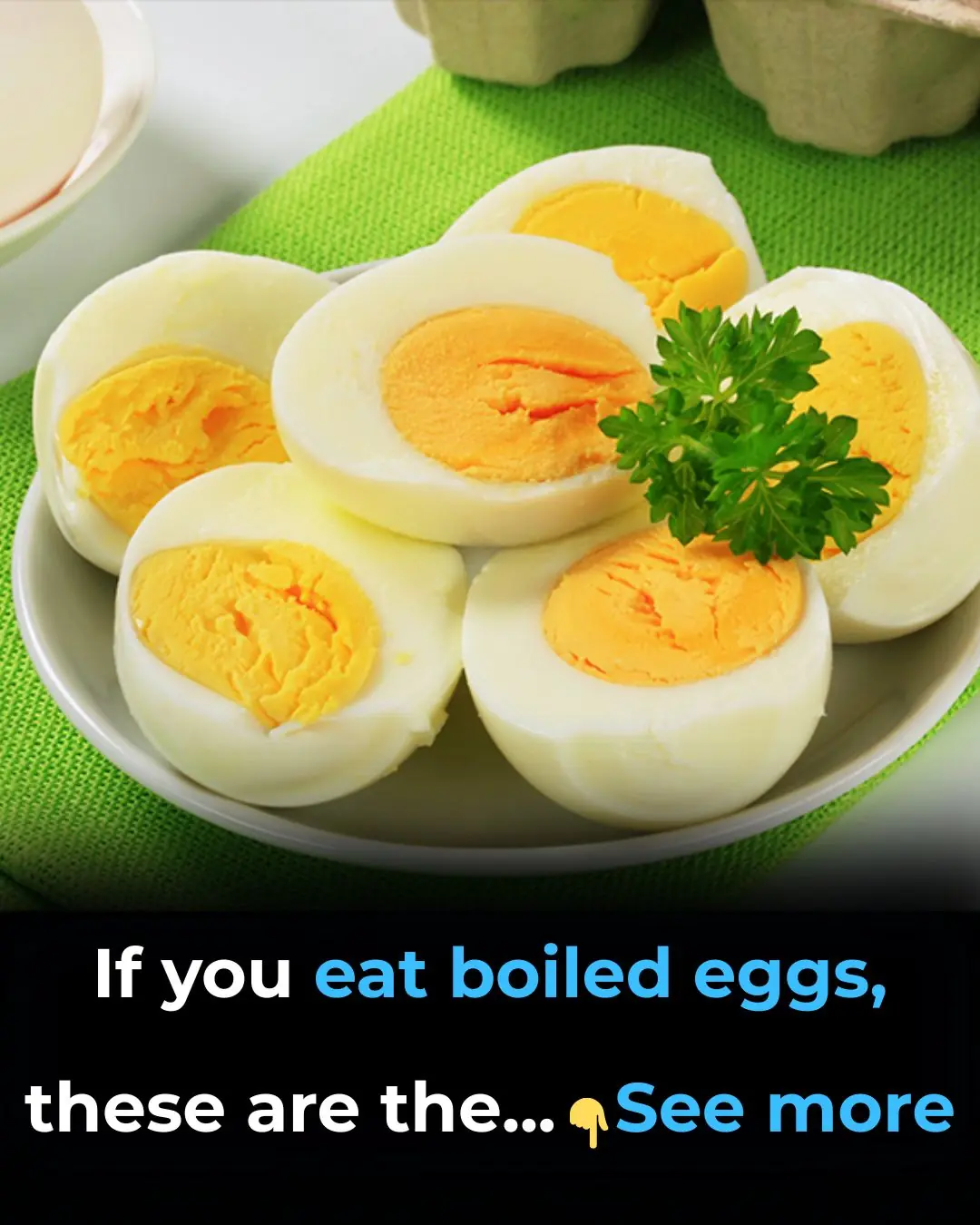
🥚 A Look at How Certain Boiled Egg Habits May Affect Your Heart Health

Small Steps, Big Impact: How 4,000 Steps a Day Can Transform Your Health

🌿 Clove Water Sitz Baths for Women: A Gentle Guide to Hygiene and Comfort
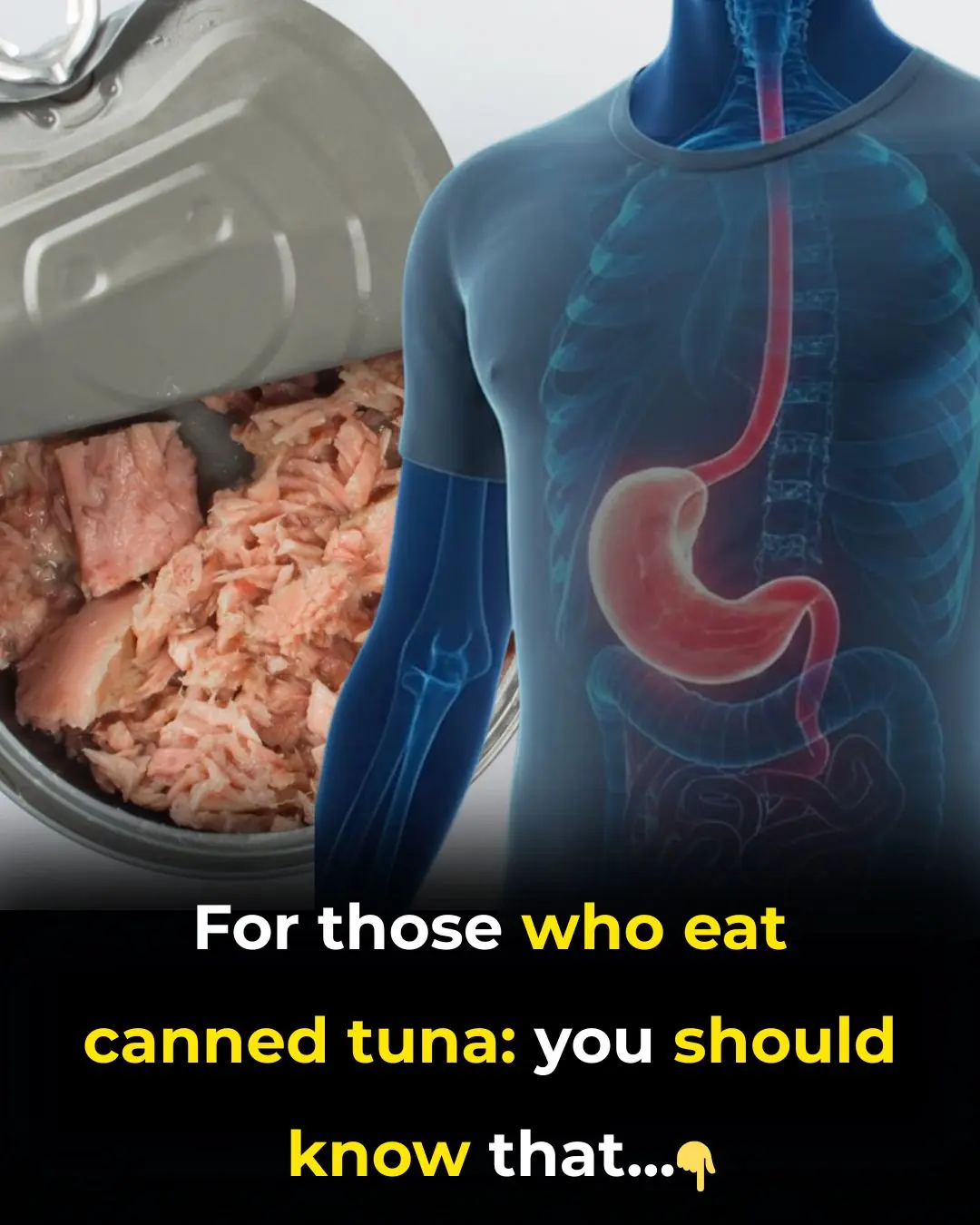
What Happens to Your Body When You Eat Canned Tuna Every Day

17 Warning Signs Your Liver Is Crying for Help

How to Support Your Kidneys Naturally Using 1 Teaspoon of Baking Soda

Fish oil cuts CV risk nearly in half for dialysis patients

The hidden heart danger doctors say is more common in people with diabetes
